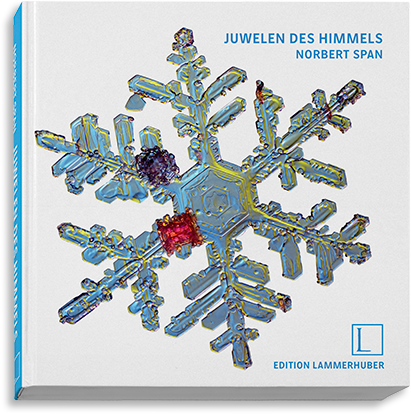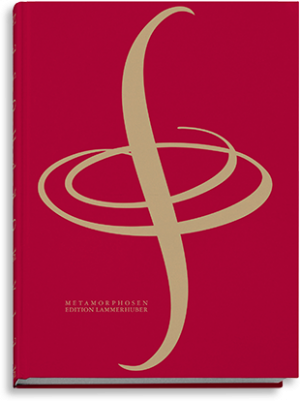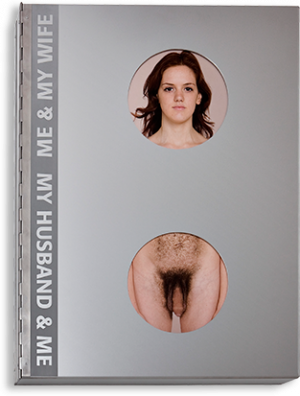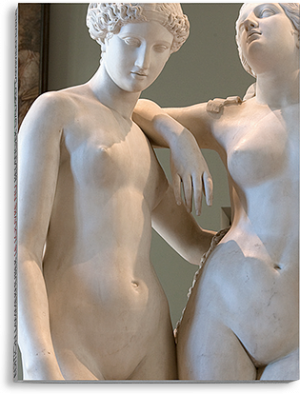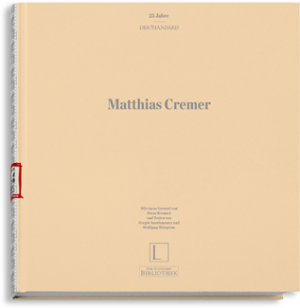Description
‘Each of my crystals has a story and is special to me because it survived the flight through the atmosphere to my glass plate. In that sense, I have a special relationship with every crystal.’
Norbert Span studied meteorology, glaciology and astronomy in Innsbruck. Ice and glaciers were also the main topics of his dissertation. After completing his doctorate, he worked as a research assistant at the Institute of Meteorology and Geophysics at the University of Innsbruck. During this time, he undertook several research trips to various glaciers around the world. But even the smallest ice structures captivate his passion. Every winter day when it snows, he stands in his garden shed on the Brenner Pass in Tyrol and watches for these delicate beauties with his microscope and camera. The main subjects are snow crystals. Over the years, he has built up a huge archive of the enormous variety of crystal forms. Span is one of the best photographers in his field and there is probably no one else who has so many high-quality photos of snow crystals.
‘My camera is an ordinary SLR camera. The secret is the lens. Either a magnifying lens with approximately five times magnification or a microscope lens with between two and ten times magnification. I catch the snow crystals with a glass plate. To do this, I often stand outside my garden shed in Steinach am Brenner for hours. All of my photographic equipment is also outside so that it can cool down. Snow crystals melt or evaporate very quickly, so I only have a short time to take the photos – it’s always a matter of seconds or minutes at most. Then I place the glass plate under my lens and illuminate the snow crystal from below, usually with oblique light and two colours to enhance the contrast.
Snow crystals are normally transparent, see-through – so there’s no contrast. I sort the interesting objects on the glass plate using a marten hair brush. It’s extremely fine; any other brush would be too hard and damage the crystals. I often take up to a hundred photos during a snowfall – I only select the most fascinating crystals once I’m at the computer. Of course, this is a subjective process, because what does ‘beautiful’ or ‘exciting’ mean when it comes to natural wonders?
During my time at university, I read a book by Wilson Bentley, who was one of the first people to photograph snow crystals. I started doing it myself in 2004, and the passion has never left me.’

